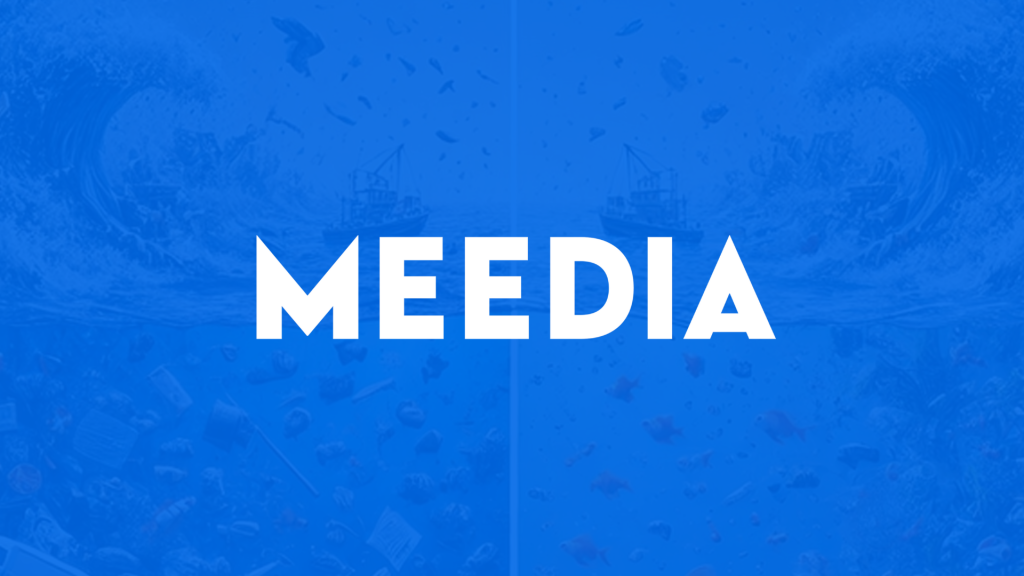Programmatic advertising without filters is like fishing in the open sea—you catch fish, but also trash. Smart curation, on the other hand, creates “artificial ponds” that only catch high-quality fish, i.e., relevant traffic. AI plays a crucial role in this, explains Mabroor Ahmad in his guest article for MEEDIA.
By Mabroor Ahmad, Supply Sales Director at Onetag.
According to the Association of National Advertisers (ANA), up to $31 billion is lost annually worldwide due to inefficient placements—whether through unmeasurable or unviewable ads, MFA (Made for Advertising) content, or invalid traffic. One method to stop this “cash burn” is (smart) curation.
Using AI to optimize programmatic deals
Curation, the targeted optimization of advertising space by the supply side, ensures that only relevant and high-quality placements are included in programmatic deals. Smart Curation uses AI algorithms, advanced analytics, specialized programming, and machine learning to further optimize the curation process.
This helps advertisers reduce costs, use budgets efficiently, and improve campaign strategies for programmatic campaigns. In other words, smart programmatic deals enable secure access to high-quality advertising inventory and relevant audiences on the open internet through AI—while avoiding low-quality placements.
According to a study by Smartly, 90% of European media buying teams invest their budgets in curation platforms, with 41% citing increased efficiency and thus ROI as their top priority.
The key benefits of AI-powered programmatic advertising are:
1. Improved advertising efficiency
AI and machine learning optimize processes in the programmatic supply chain. They facilitate collaboration between supply and demand sides by delivering relevant ad impressions in real time. Data providers and publishers also benefit: AI-based technologies maximize the value of first-party data and tap into previously untapped inventory and audiences.
2. Increased advertising relevance
Advertisers who integrate contextual data and machine learning into their campaigns reach new, relevant audiences and avoid irrelevant placements.
For example, we achieved a 109 percent increase in click-through rate (CTR) and an 86 percent increase in conversions for a betting company by using gaming semantic data to promote an esports tournament. The use of semantic data also led to significant efficiency gains in display and video campaigns – with up to 500 percent higher CTRs in industries such as fashion and telecommunications.
3. Optimized campaign results
AI and machine learning also demonstrate their advantages in the efficient planning and implementation of programmatic deals. Through better data addressability, scalability, and dynamic real-time optimization, buyers achieve higher CTRs, lower CPAs, and CPMs.
Technologies such as OpenVerified, a specially developed deal ID for secure and efficient buying on the open exchange, enabled an average 27 percent increase in CTRs. DealCurate, a solution for creating and activating programmatic deals, even achieved over 50 percent increase in CTRs.
4. Reducing the carbon footprint
Sustainability is playing an increasingly important role for brands and their buying strategies. The high carbon footprint and resource waste of traditional advertising techniques is a fact. Smart curation AI reduces this waste by eliminating inefficient placements and focusing attention on high-quality content.
Fewer impressions deliver faster results, higher awareness, and lower CO₂ emissions – key goals of modern marketers that can be achieved through smart curation.
Original published on: Meedia



